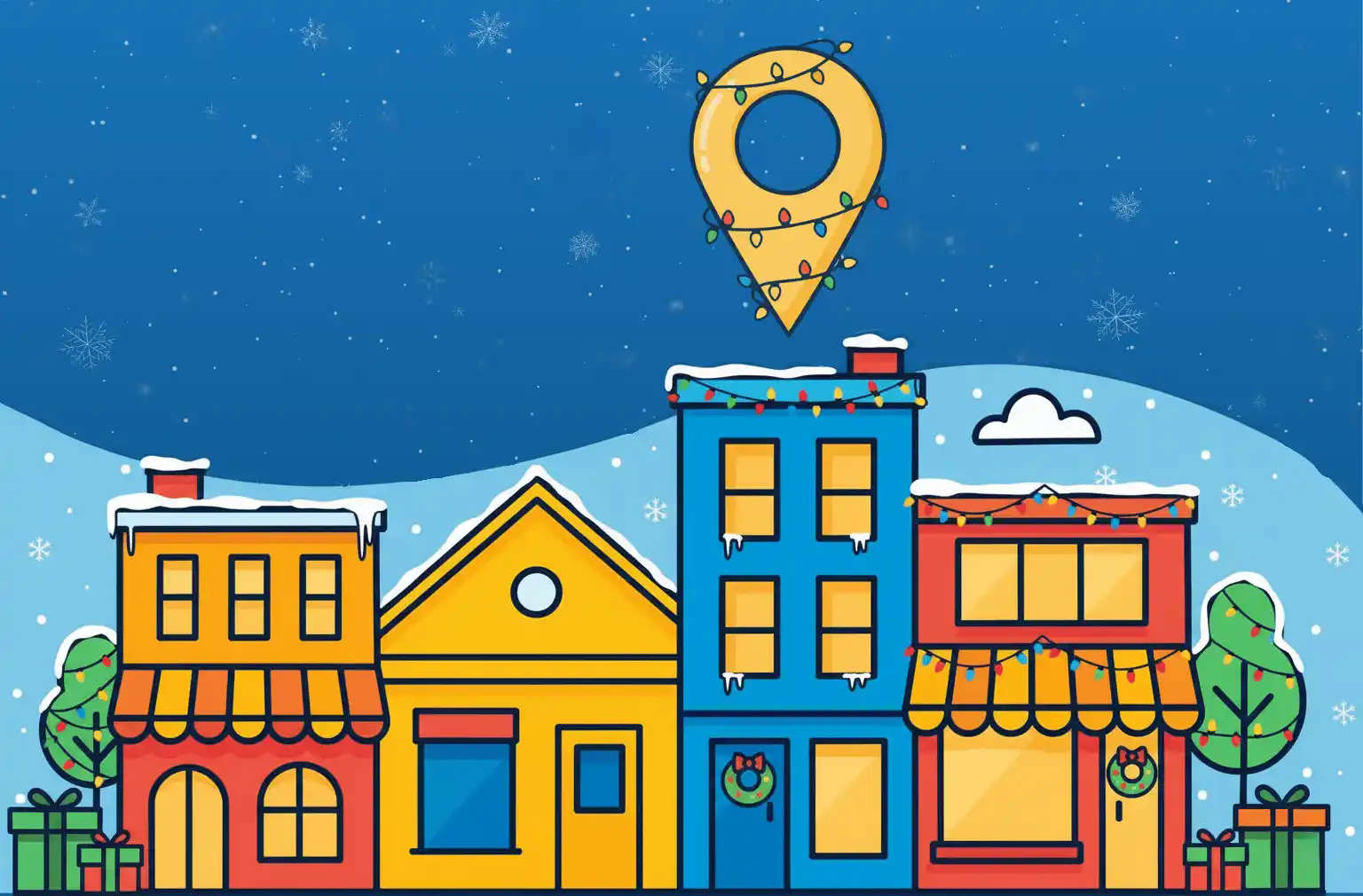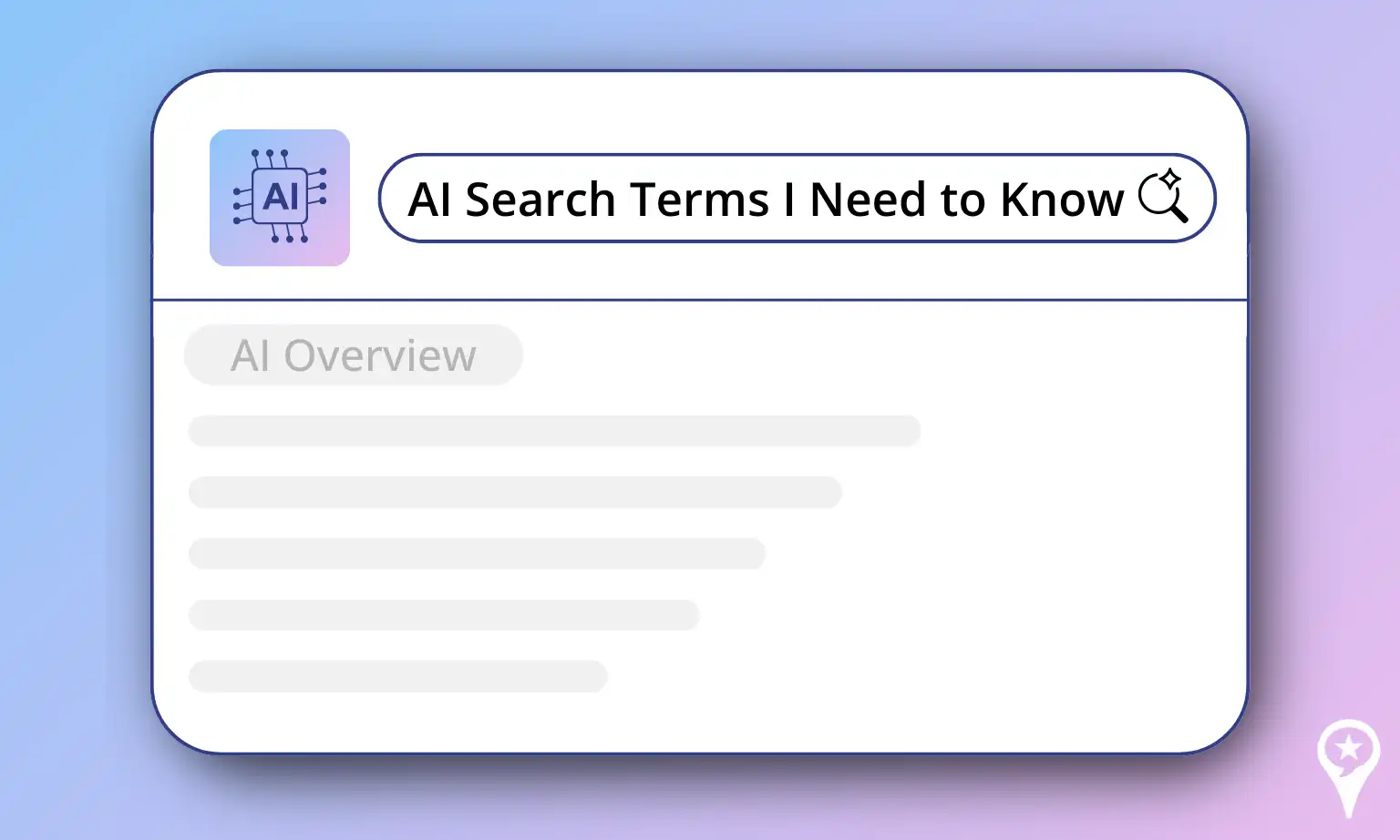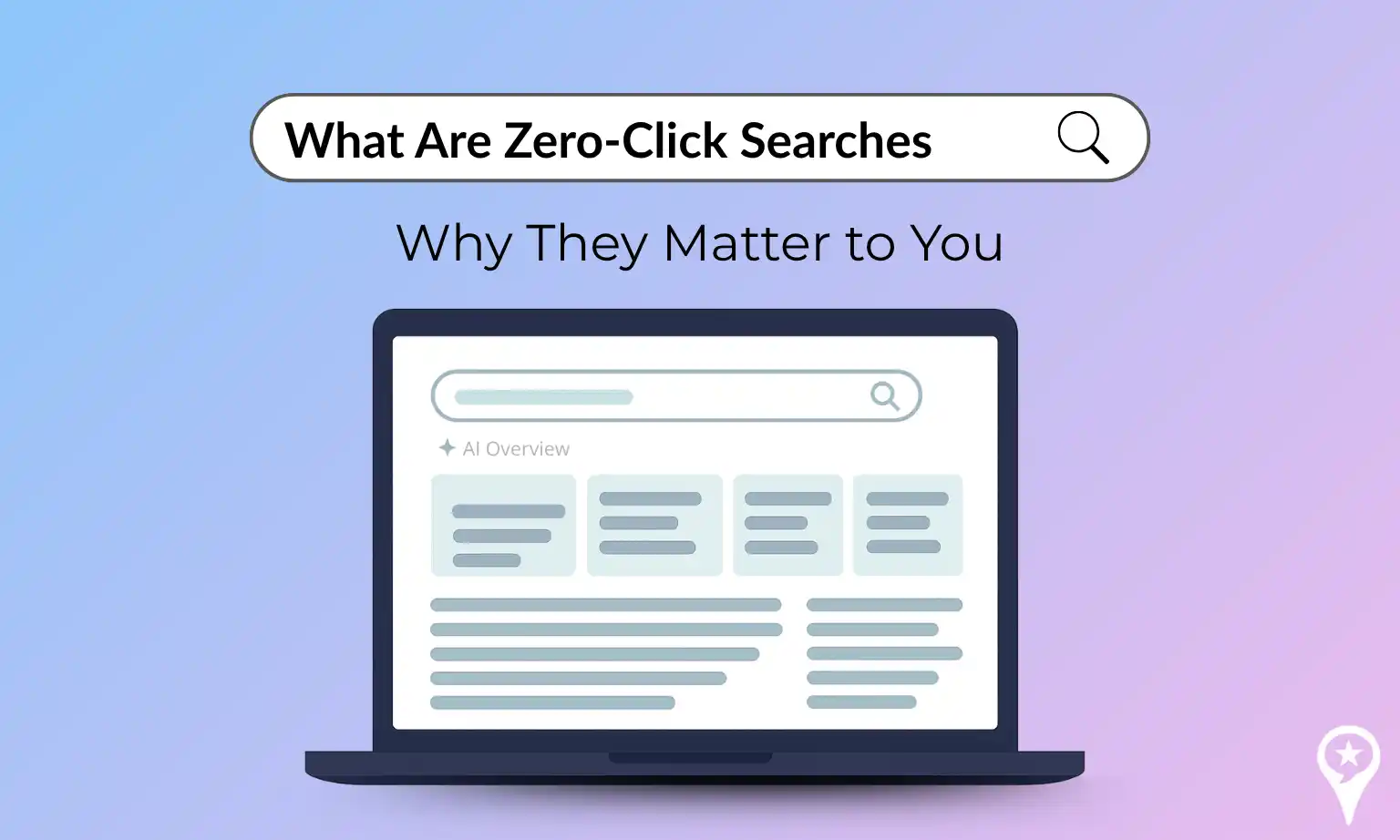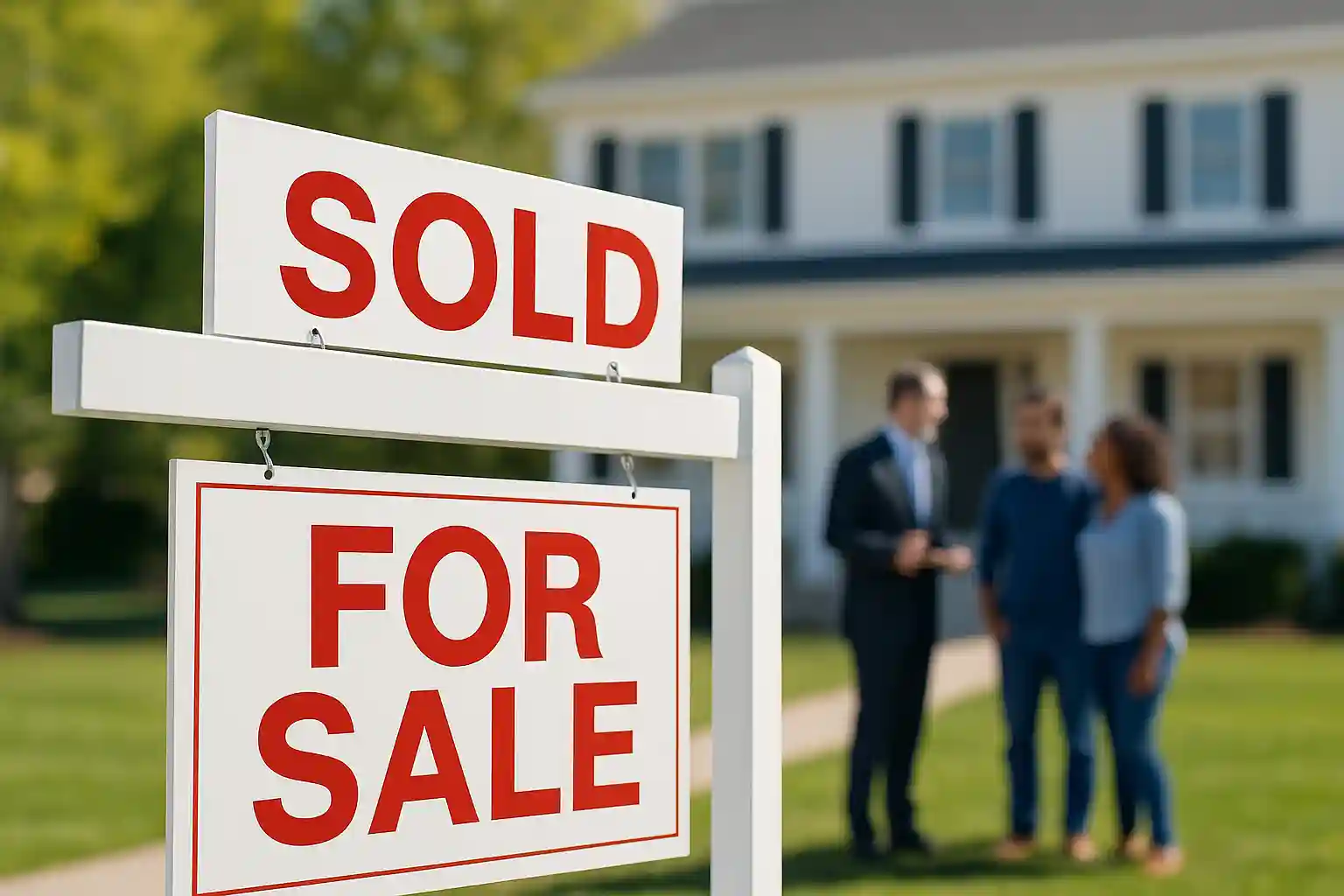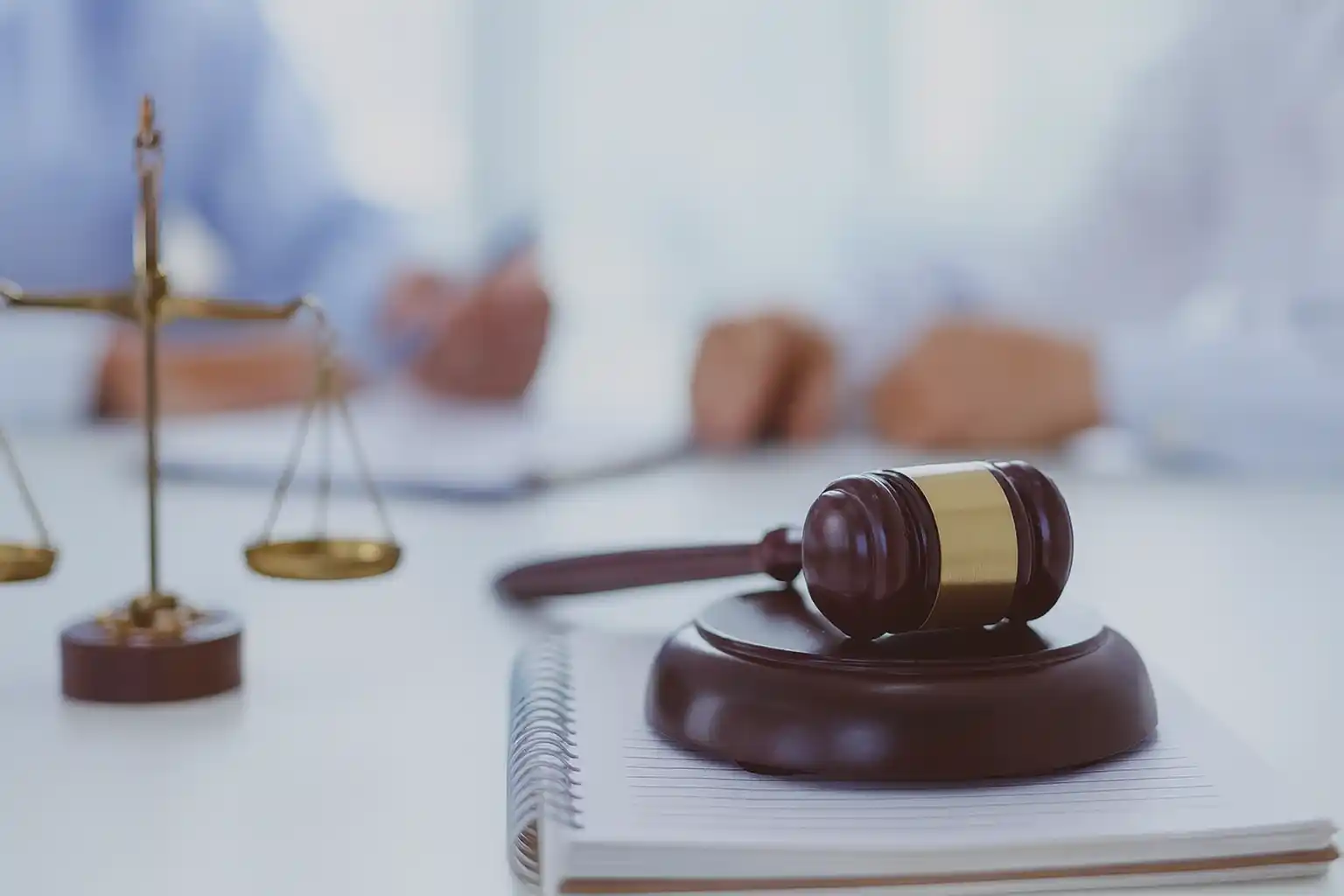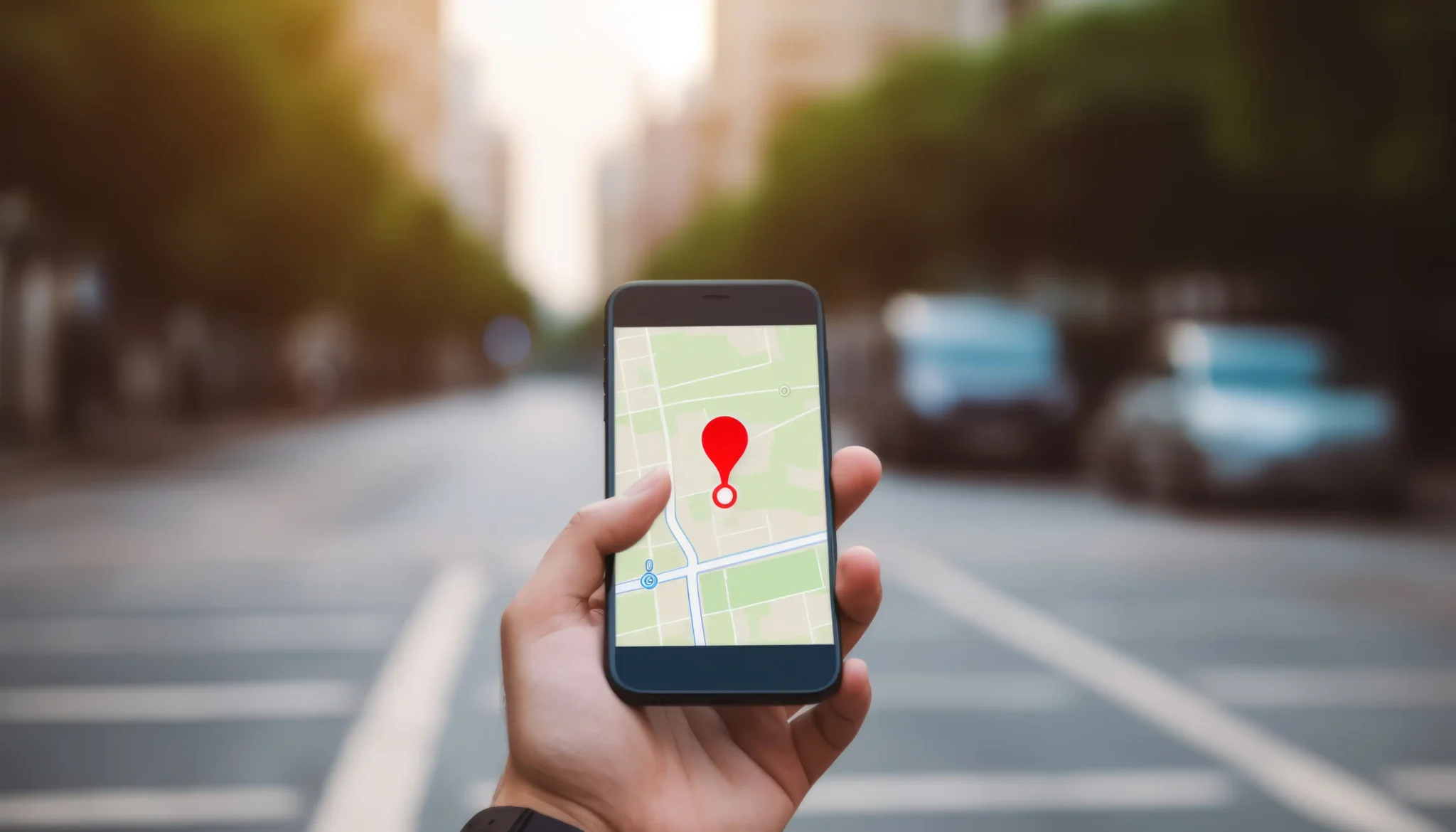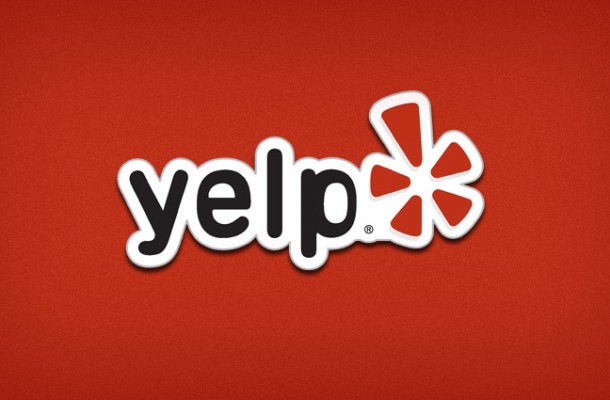
For the most part, business owners and consumers agree that fake reviews should be removed as should ones that are malicious or vengeful (such as reviews posted by a disgruntled employee or even an angry ex-spouse).
While there is recourse to these, it is often an expensive battle. What’s the solution? Get more positive reviews to balance out the conversation.
Now we enter the realm of Yelp that has become such an influential site for reviews. Many businesses are just beginning to recognize that they need reviews on Yelp, or worse that they have just found some bad reviews on Yelp and/or various other review sites.
In this article, we are going to examine the factors that determine which reviews are filtered and which reviews are recommended. Firstly, understand that Yelp’s algorithm is notoriously complex. Let’s examine what Yelp has to say about their filters based on Yelp’s FAQ (as posted on their site at the time of this article):
From Yelp’s FAQ:
• How does Yelp decide which reviews to recommend?
We use automated software developed by our engineers to recommend reviews from the Yelp community. The software looks at dozens of different signals, including various measures of quality, reliability, and activity on Yelp. Most of all, however, it’s looking for people who are intrinsically motivated to share the wide range of rich and detailed experiences they have every day with local businesses.
• Why would a review not be recommended?
There are a number of reasons why a review might not be recommended. For example, the review might have been posted by a less established user, or it may seem like an unhelpful rant or rave. Some of these reviews are fakes (like the ones we see originating from the same computer) and some suggest a bias (like the ones written by a friend of the business owner), but many are real reviews from real customers who we just don’t know much about and therefore can’t recommend.
This is a Key point from Yelp’s FAQ:
• Why are different reviews recommended on different days?
Our recommendation software runs on a daily basis, so the results can change on a daily basis. You’ll sometimes see situations where a review is recommended or not recommended days, weeks, or even months after it is initially posted. For example, our recommendation software might pick up new information that makes a reviewer seem more trustworthy than was initially assumed. The reverse also happens. Sometimes, the information we have about a reviewer grows stale or is incomplete, so the software can take that into account too.
The important point here is that our recommendation software routinely produces different results on different days based on the information that feeds it.
__________________________________________
So what can we learn from Yelp’s FAQ’s? For starters, just because a review is not recommended today, it might change tomorrow or the next day based on the criteria noted in this article. Over time, as a reviewer (also known as a Yelper) writes more reviews, their previously filtered (or “not recommended”) reviews might suddenly become recommended.
At ReviewInc, we have examined many reviews on Yelp. Based on our findings, here are the factors we have observed that impact recommended or not recommended reviews:
Negative Factors (Filtered or “Not Recommended” Reviews)
- New Reviewers – first time Yelpers often have their reviews “not recommended” (i.e. filtered).
- Reviewers with no friends or followers
- Reviews that other people ignore (they don’t flag them as interesting, helpful or funny)
- Reviews for the same business from the same IP address
- Polarizing Rants or Raves. Here are some examples: “Don’t go here”, “Stay Away”, “Avoid!!!”
- There are reviews that shout (in all caps) and make highly emotional angry claims. The Yelp filter doesn’t appear to like these kind of reviews. Examples: “I HATE THIS PLACE”
- Reviews that use absolutes are also often flagged if there aren’t enough friends or other reviews. Examples: “THEY ARE THE BEST”, “I WOULDN’T GO ANY WHERE ELSE”
- Marketing type reviews: “Give Them a Try”, “Ask for the Special”
Positive Factors (Recommended Reviews)
- Active Reviewers – reviewers that post many reviews
- Reviewers with followers and friends
- Reviews that people like
- Reviews with different IP addresses
- Constructive and descriptive reviews
One Trick That May Potentially Uncover Your Previously Not-Recommended Positive Reviews
The process Yelp uses to determine whether a review is recommended or not has always been an enigma to all of us here at ReviewInc, and likely to business owners across the nation as well. We received some insight recently that may be of interest to all you business owners out there:
One Yelp business had two reviews, one recommended, one not. When they received an additional positive review, a previously not recommended positive review became recommended.
While we cannot disclose the name of the business due to a confidentiality agreement, we can assure you that this is a very real business and this did in fact happen.
So what does this mean, exactly? Well, it’s not an exact science, but we believe that this supports our long-held belief that the best way to combat negative reviews is to drown them out with positive ones.
To quote the article titled “Yelp Filtered Reviews Blues: Businesses Hate The Mysterious Algorithm, But Is There Any Way To Crack It?” by Christopher Zara on the International Business Times website:
“Darnell Holloway, Yelp’s senior manager of local-business outreach, defends Yelp’s approach to quality control, saying that many reviews are simply unfit to highlight. “We recognized very early on that not all reviews are created equal,” he said. “Our software does a very good job of recommending the reviews we think are the most helpful and useful to our audience of consumers.
Yelp favors reviewers who are most active, and in that sense it’s no different from Wikipedia or any number of user-generated websites on which frequent contributors can build up a good standing. Beyond that, Holloway said, the software looks for red flags that signal a review might be inauthentic. Multiple reviews from the same IP address, for instance, could suggest that a business owner has solicited reviews from customers on site, a practice discouraged by Yelp. Holloway added that “unhelpful rants or raves” are also more likely to be filtered out.
According to Yelp, only about 25 percent of its 40-million-plus reviews are filtered.”
As a business owner, Yelp’s process behind recommending and not recommending reviews can be especially frustrating when it chooses not to recommend some glowing reviews from some of your actual clientele. Interacting with your reviewers is key. But there are some actions you can take that may help your recommended reviews:
Useful Actions That May Help
- Add the reviewer to your list of friends.
- Privately message the reviewer thanking them for their review.
- Respond to the review publicly (which is recommended that you do anyway).
- Vote the review as “Useful” or “Funny” or both.
- Send the reviewer a compliment
For more details and tips, please see our previous blog post here: Review Site Series: Displaying Filtered Reviews.
So what are some ways to cultivate positive reviews?
- Place signs or posters at your business location encouraging people to leave you reviews
- Put a link to your Yelp profile or other review site profiles on your invoices, receipts, business cards, etc.
- Ask your staff to be proactive about asking your customers to leave you feedback
For additional tips, check out one of our previous blog posts here: How To Improve Your Yelp Reviews.

